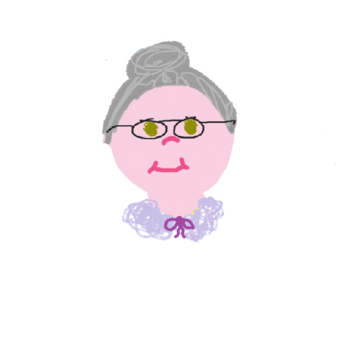Are all possessives and demonstratives pronouns, rather than adjectives? If so, why is this?
1 Answer
The difference between a word functioning as a pronoun or an adjective is:
When the word takes the place of a noun, it's a pronoun.
When the word is used to describe a noun, it's an adjective.
Explanation:
Now comes the tricky part. There are two types of pronouns that show possession;
- a possessive pronoun takes the place of a noun that belongs to someone or something.
The possessive pronouns are: mine, yours, his, hers, its, ours, theirs.
- A possessive adjective is placed before a noun to describe that noun as belonging to someone or something.
The possessive adjectives are: my, your, his, her, its, our, their.
The possessive pronouns and possessive adjectives take the place of possessive nouns, not adjectives. Examples:
Suzi bought a new car. The red car is hers. (possessive pronoun, "The red car is Suzi's")
Suzi bought a new car. Her car is the red one. (possessive adjective, "Suzi's car is the red one")
A demonstrative pronoun takes the place of a noun indicating near or far in place or time.
The demonstrative pronouns are: this, that, these, and those.
When the words this, that, these, and those are placed before a noun to describe that noun, they're functioning as adjectives .
Examples:
That is mother's favorite movie . (pronoun, takes the place of the noun 'movie')
That movie is mother's favorite. (adjective, describes the noun 'movie')
Mother loves flowers . I'll buy her these. (pronoun, takes the place of the noun 'flowers')
I'll buy mother these flowers . (adjective, describes the noun 'flowers')

